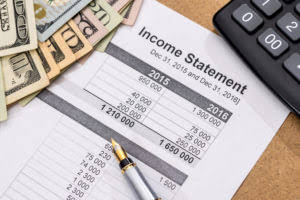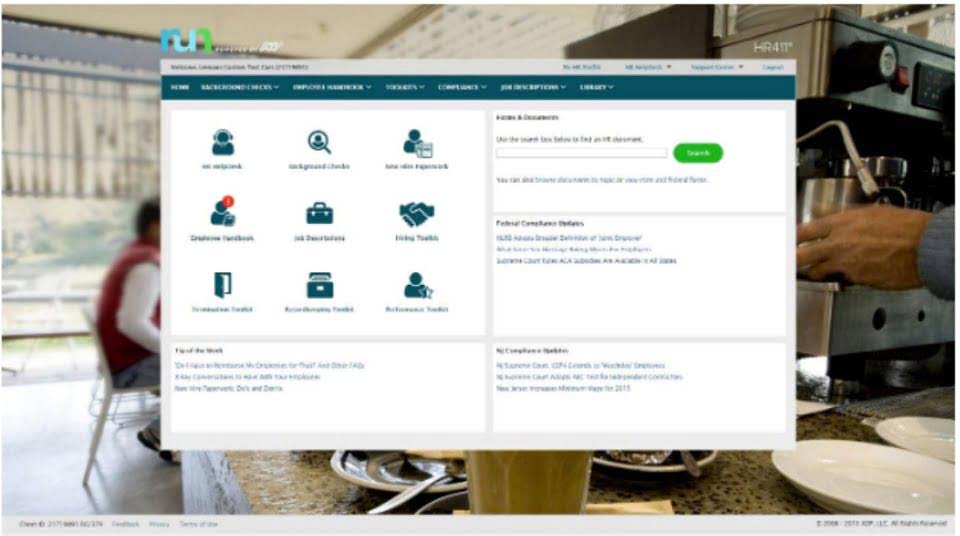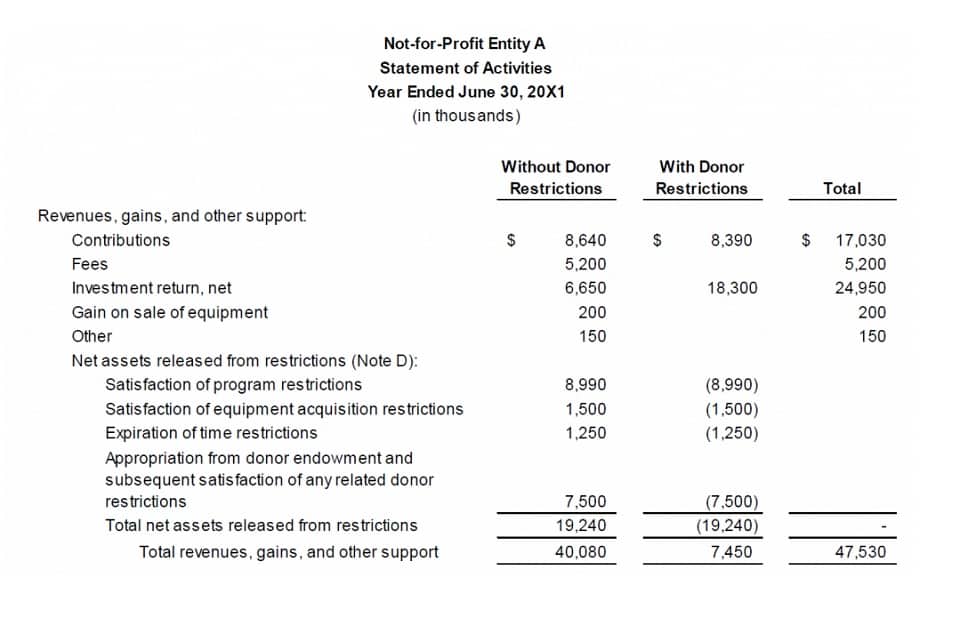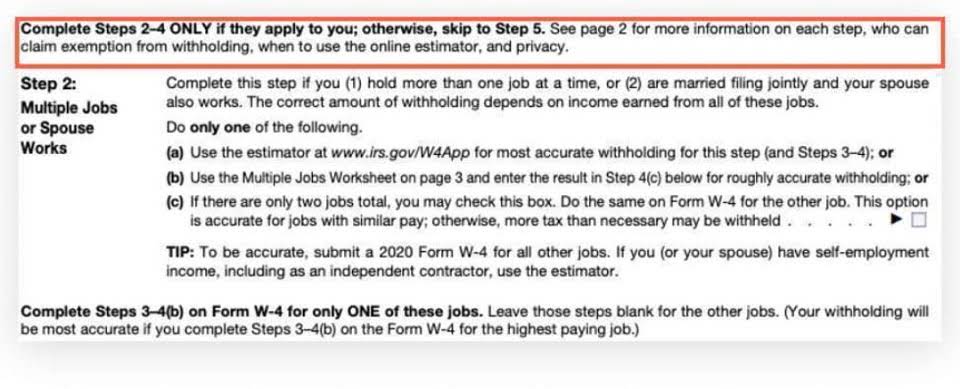
Depreciation expense is an accrual accounting concept meant to “match” the timing of the fixed assets purchase—i.e. Capital expenditure (Capex)—with the cash flow generated from fixed asset over a period of time. The tax shield refers to the amount of tax that has been saved by claiming depreciation as an expense.
Depreciation Tax Shield Calculation Example
- The depreciation must be connected to an asset utilized in a business or an income-generating activity and has an anticipated lifespan of more than one year to be eligible.
- The expression (CI – CO – D) in the first equation represents the taxable income which when multiplied with (1 – t) yields after-tax income.
- Or, the concept may be applicable but have less impact if accelerated depreciation is not allowed; in this case, straight-line depreciation is used to calculate the amount of allowable depreciation.
- In the section below, we cover two of the most common methods and their Cash Flow and Valuation impacts.
- Income, corporate, capital gains, property, inheritance, and sales taxes are among the several types.
Get instant access to lessons taught by experienced private equity pros and bulge bracket investment bankers including financial statement modeling, DCF, M&A, LBO, Comps and Excel Modeling. The tax shield concept may not apply in some government jurisdictions where depreciation is not allowed as a tax deduction. Or, the concept may be applicable but have less impact if accelerated depreciation is not allowed; in this case, straight-line depreciation is used to calculate the amount of allowable depreciation. D&A is embedded within a company’s cost of goods sold (COGS) and operating expenses, so the recommended source to find the total value is the cash flow statement (CFS). The factor of (1-t) reduces the debt component which results in a lower WACC which in turn results in a higher present value of net cash flows.
Example: Depreciation Method Tax Impacts
For example, if a company has cash inflows of USD 20 million, cash outflows of USD 12 million, its net cash flows before taxation work out to USD 8 million. If the tax rate is 33%, the company’s tax liability works out to USD 1 million (USD 3 million × 33%) which equals after-tax net cash flows of USD 7 million (USD 8 million – USD 1 million). A depreciation tax shield is a tax reduction technique under which depreciation expense is subtracted from taxable income. The amount by which depreciation shields the taxpayer from income taxes is the applicable tax rate, multiplied by the amount of depreciation. This tax shield can cause a substantial reduction in the amount of taxable income, so many organizations prefer to use accelerated depreciation to accelerate its effect. Accelerated deprecation charges the bulk of an asset’s cost to expense during the first half of its useful life.
Purchase Price Allocation in 4 Steps – The Ultimate Guide (

It should be emphasized that the overall cost will remain the same during the asset’s life regardless of the depreciation method employed. As a result, the gain results from using the time value of money and deferring tax payments as long as feasible. Because depreciation expense is treated as a non-cash add-back, it is added back to net income on the cash flow statement https://www.bookstime.com/articles/predetermined-overhead-rate (CFS). Therefore, the depreciation tax shield is shielding us or protecting us from having to pay $3,000 in taxes. This is considered a $3,000 cash inflow for the net present value calculation. Where we is the weight of equity, ke is the cost of equity, wd is the weight of debt, kd is the pre-tax cost of debt (i.e. its yield to maturity) and t is the tax rate.
Unlevered Beta Formula – Ultimate Guide (

Where CF is the after-tax operating cash flow, CI is the pre-tax cash inflow, CO is pre-tax cash outflow, t is the tax rate and D is the depreciation expense. For some calculations, such as free cash flow, putting back a tax shield can not be as straightforward as just adding the entire tax shield’s worth. Instead, add the interest of expenditure cost and multiply it by (1 – tax rate). The impact of adding/removing a tax shield is significant enough that companies will take it into account when considering their optimal capital structure, which is their mix of debt and equity funding. Since the interest expense on debt is tax-deductible (while dividend payments on equity shares are not) it makes debt funding that much cheaper.

Depreciation Tax Shield Formula
Companies will examine the impact of adding or removing it while determining their ideal capital structure, which is their debt ratio to equity funding. The taxes saved due to the Interest Expense deductions are the Interest the depreciation tax shield is best defined as the: Tax Shield. Suppose we are looking at a company under two different scenarios, where the only difference is the depreciation expense. Consider the shield’s $100,000 yearly worth as an example of an interest expense.

Everything You Need To Master Financial Modeling
The value of these shields depends on the effective tax rate for the corporation or individual (being subject to a higher rate increases the value of the deductions). Similar to the tax shield offered in compensation for medical expenses, charitable giving can also lower a taxpayer’s obligations. In order to qualify, the taxpayer must use itemized deductions on their tax return.

The intuition here is that the company has an $800,000 reduction in taxable income since the interest expense is deductible. Since depreciation expense is tax-deductible, companies generally prefer to maximize depreciation expenses as quickly as they can on their tax filings. Corporations can use a variety of different depreciation methods such as double declining balance and sum-of-years-digits to lower taxes in the early years. As for the taxes owed, we’ll multiply EBT by our 20% tax rate assumption, and net income is equal to EBT subtracted by the tax. In the final step, the depreciation expense — typically an estimated amount based on historical spending (i.e. a percentage of Capex) and management guidance — is multiplied by the tax rate.
AccountingTools
Because depreciation expense decreases taxable income by $10,000, it decreases the amountof taxes we have to pay by $3,000. Depreciation allows businesses to spread out the cost of an asset over its useful life. For tax purposes, depreciation is considered a business expense, and businesses are allowed to deduct it when calculating their taxable income.